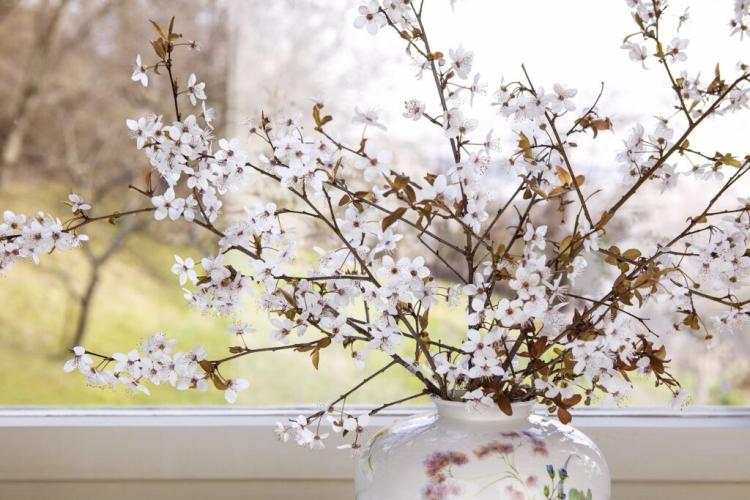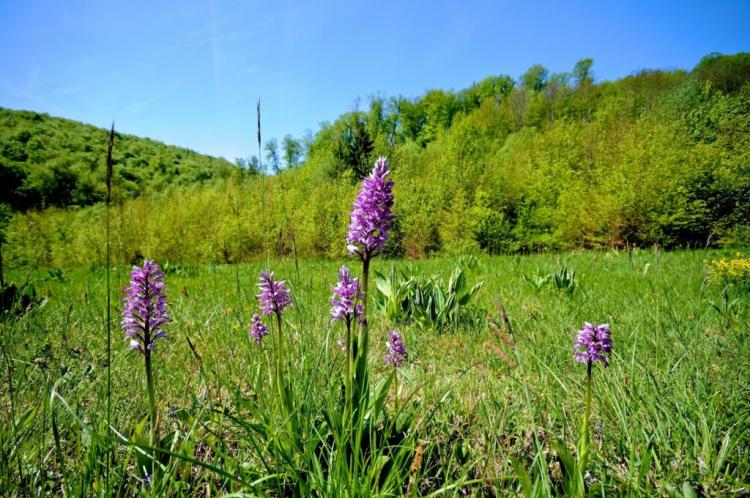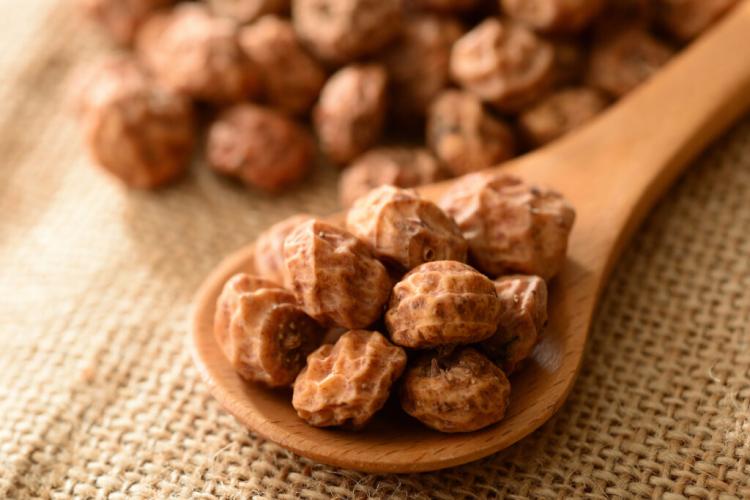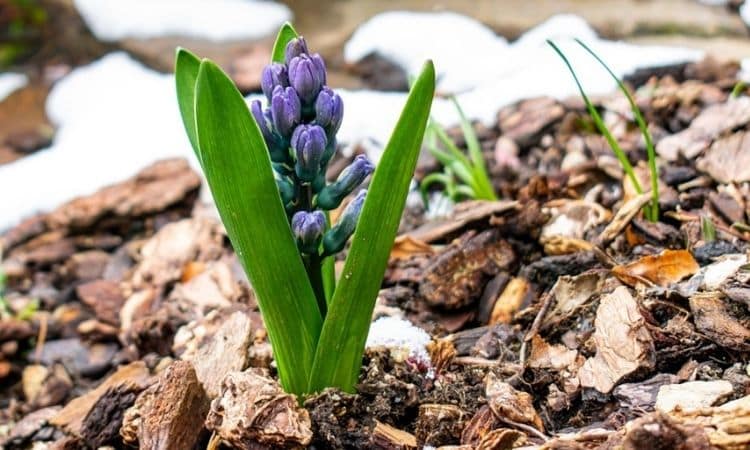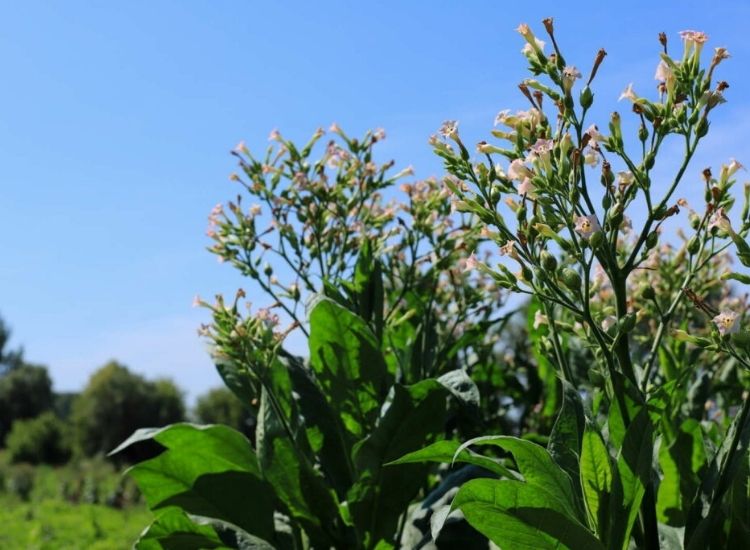Barbara branches: cutting, meaning & care
At the beginning of December, branches of fruit trees can be cut and placed in the warm. At Christmas, the Barbara branches delight many with their flowers.
In many households, you will find cherry branches in bloom at Christmas or the branches of other fruit trees and ornamental shrubs. The tradition of the barbarian branches goes back to the Christian faith. There are also customs in other cultures and religions that contain cut, prematurely flowering shoots, or even entire branches. Barbara’s branches are more than just a nice decoration, they are, like the pouring of lead or the onion calendar, part of the so-called oracle customs. You can find out what the Barbara branches are all about and which trees are suitable for barbarian branches in our article.
Barbara twigs: history and meaning of the custom
Table of Contents
The Barbara branches are not only a beautiful sight in winter, but they also look back on a long tradition. In fact, the custom of Barbara’s branches can be traced back to the story of Saint Barbara: In 306 AD, the daughter of a wealthy merchant is said to have been secretly baptized and was thereupon sentenced to death. On the way to the prison cell, a twig allegedly got stuck on her robe. Saint Barbara put the branch in a vessel with water. On the day of their execution, the bare branch is said to have miraculously borne flowers – the legend about the Barbara branches was born.
To this day, the story of the Barbara twigs is often told during the Christmas season. In the meantime, various myths and legends have formed regionally. For example, blooming Barbara branches are said to bring good luck for the coming year at Christmas. In addition, the flowering branches are used in some regions for predictions or as oracles – for example, when choosing the groom: Each branch is assigned the name of a suitor, the one that blooms first signals which of the suitors is the right one. In addition, the number of flowers used to be used as an indication of the expected harvest. Nowadays it is a popular custom to use the Barbara branches as an oracle for the lottery numbers.

Barbara branches: which tree is suitable?
For branches to really bloom at Christmas, not only the time of pruning is crucial but also choosing the right tree. But which tree is suitable for Barbara’s branches? Traditionally, cherry branches are cut and brought into the house on St. Barbara’s Day, December 4th. In addition to cherry branches in bloom at Christmas, Barbara branches from the apple tree are also very popular. There are several trees that can be used as branches of Barbara.
You might so like: Cutting Back Pampas Grass: Cutting Tips From The Experts
In fact, almost every fruit tree, for example, pear ( Pyrus ), plum ( Prunus domestic ), or plum ( Prunus domestica subsp . Domestica ) is suitable for Barbara branches at Christmas. Chestnuts ( Castanea ) and wild bushes such as the cornel cherry ( Cornus mas ) and sloe ( Prunus spinosa ) are also suitable. If you want something a little more unusual, you can cut your Barbara branches in the ornamental garden: lilac (Syringa vulgaris ), forsythia ( Forsythia ), and winter jasmine (Jasminum nudiflorum ) are just as suitable as gorse ( Genista ), almond trees ( Prunus dulcis ) or ornamental fruit.
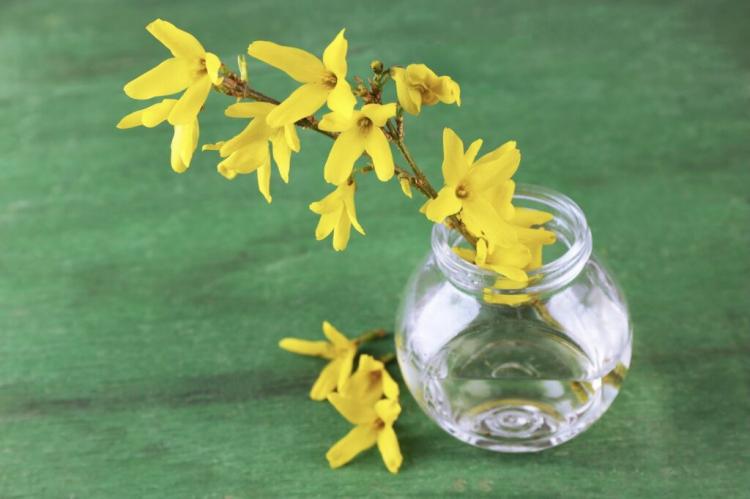
These trees are suitable for cutting barbara branches:
- Fruit trees and trees: cherry, apple, plum, quince, plum, cornel, sloe
- Ornamental trees: cherry trees, cherry plums, lilac, forsythia, almond trees, ornamental currant, witch hazel, flowering quince, broom
- Others: chestnut, hazelnut
Cutting Barbara branches: timing and procedure
So that you can look forward to a lush blooming at Christmas, the branches should be cut from the tree around St. Barbara’s Day, i.e. on December 4th. Once you have found the right tree, you should also pay close attention to the selection of the branch. Twigs from young trees are often less suitable, as they sometimes do not yet develop any or hardly any flowers. Older trees in your garden that are already known for their ability to flower in spring are better suited. When making your selection, make sure to choose a branch with as many thick and rounded buds as possible – in contrast to the rather slender leaf buds, these usually sprout flowers.
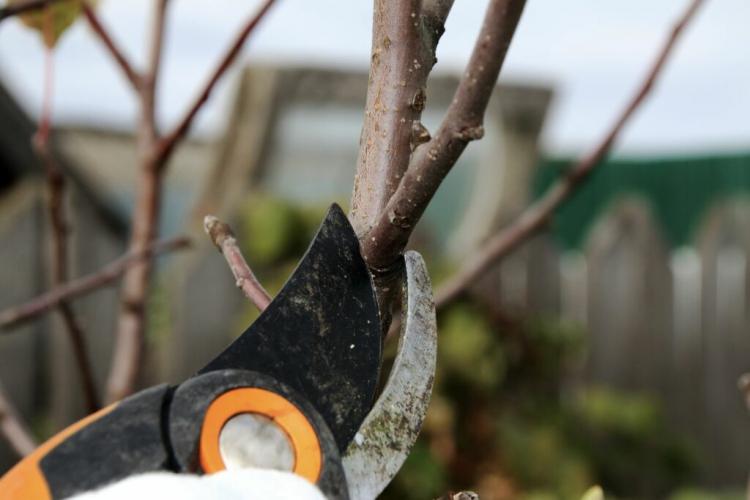
Bring Barbara branches to bloom
For the cut branches to actually start to bloom, they must experienced cold temperatures beforehand. The dormancy can only be broken if the tree has experienced a certain number of cold hours with temperatures below 7 ° C. Only when this has happened will the Barbara branches bloom in the warm apartment.
If the temperatures weren’t colder until December, there is a trick to get the Barbara branches to bloom anyway: Freeze the branches. Even a night in the freezer can complete the cold stimulus. In particularly warm November, it is advisable to put the twigs in the refrigerator for several days to ensure that the necessary cold hours are reached. In this case, however, you should cut the Barbara twigs a few days earlier and take them out of the refrigerator on December 4th so that they bloom for Christmas.
You might so like: Olive tree in pot: care and overwintering
Before placing the Barbara branches in water, it is necessary to cut them at an angle as possible – this maximizes the surface area for water absorption. After the cooling phase in the freezer or the refrigerator, it is better to place the branches in a cool room for another day and not in the warm living room. In this way, the probability of a vigorous bloom is further increased.
Once you have put the Barbara twigs in water, most of the work is done. Only the right location should be chosen: Although the Barbara branches need warmth after the cold stimulus and the short rest phase to start flowering, an overly warm room with dry heating air can quickly dry out the buds. A moderately warm room that is ventilated regularly is, therefore, more suitable.
To make Barbara twigs bloom even more beautifully, it is advisable to regularly replace the water in the vase with new water that is as low in lime as possible. This promotes the vitality of the branches and is therefore also beneficial for the bloom. In addition, you can spray the Barbara branches with a little water every day so that the buds stay fresh and are not attacked by the dry heating air.

Tip: If you want to be sure that your Barbara branches actually bloom despite warm autumn, you should use quince or sweet cherry branches. Their dormancy is broken by the fewest hours of cold among all types of fruit so that they bloom reliably even if there were only a few cold days in autumn. Apple, lilac, and laburnum branches, on the other hand, need more cold hours and are therefore not always successful after warm autumn.
Bringing Barbara branches to bloom at a glance:
- If there has been no frost yet, pack in the freezer/refrigerator overnight or for several days if necessary.
- Place the twigs in the vase, cut them at an angle beforehand if possible.
- Then set it up for another day in a cool room, for example in the hallway.
- Move the branches in the vase to a moderately warm place in the home, where they will remain until Christmas.
- Change the water regularly (e.g. every three days).
- Spray the buds with water daily.
It’s not just the Barbara twigs that put us in a Christmas mood in December. In our article about the 10 most beautiful Christmas plants, you can find out which plants are also not to be thought of from the Advent season.
